Do Alternatives to Public School Have to Be Political?
ED Surge
MAY 20, 2024
Mysa’s tuition costs parents who don’t receive aid around $20,000 a year, comparable to what it costs the government to educate a student in a public school. Mysa’s curriculum relies on Common Core, the same national standards as public schools, Fiske says. In contrast, many alternatives to public school are blossoming.



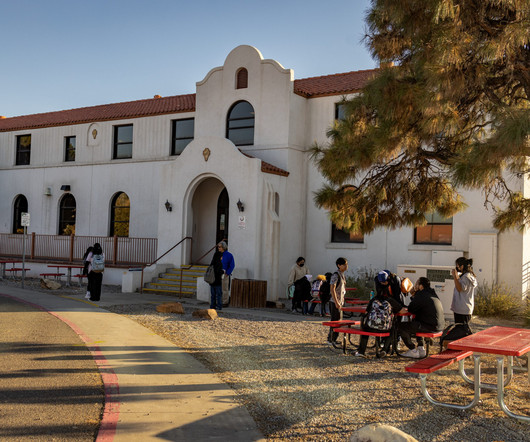
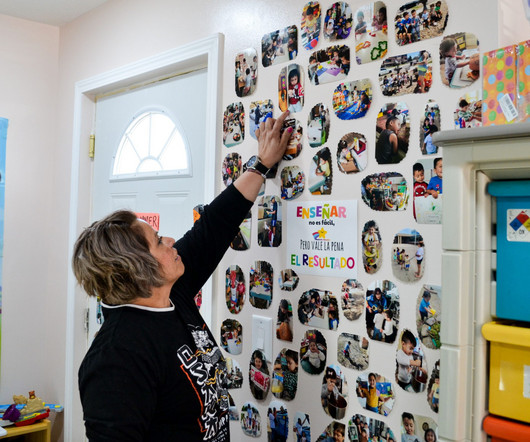
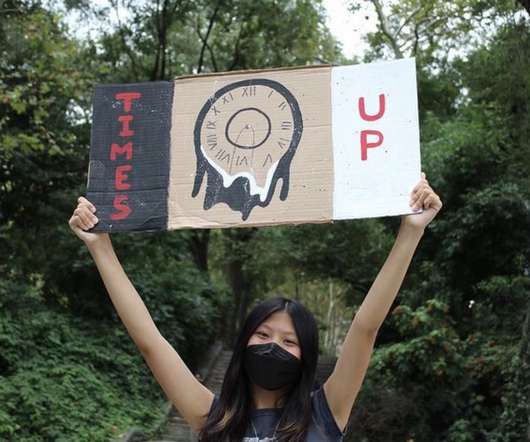


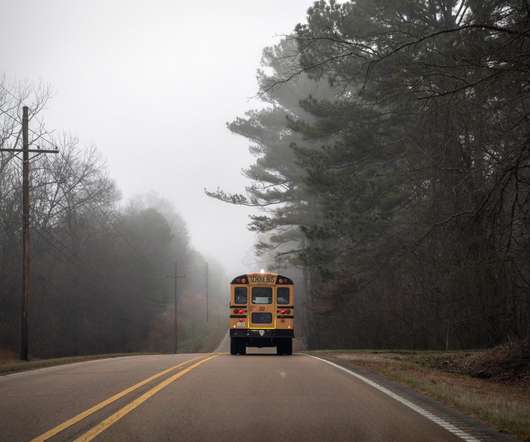
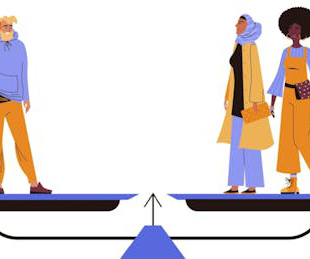
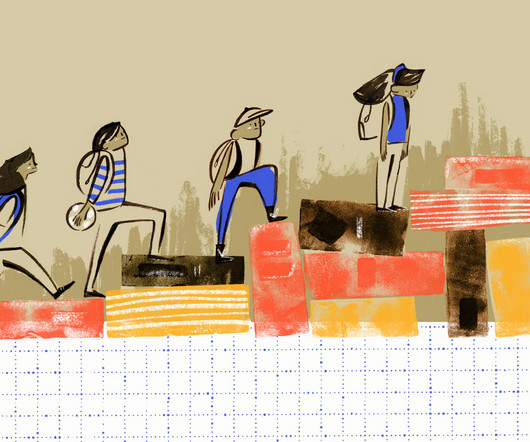



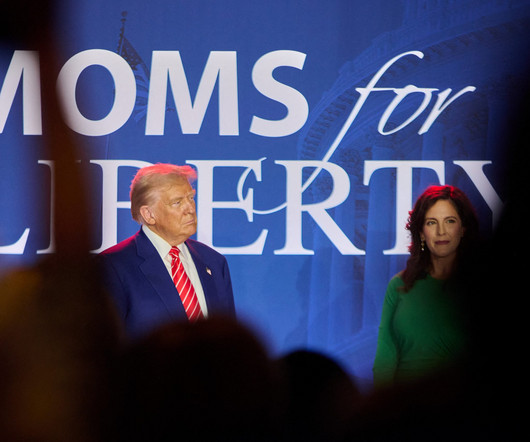






Let's personalize your content